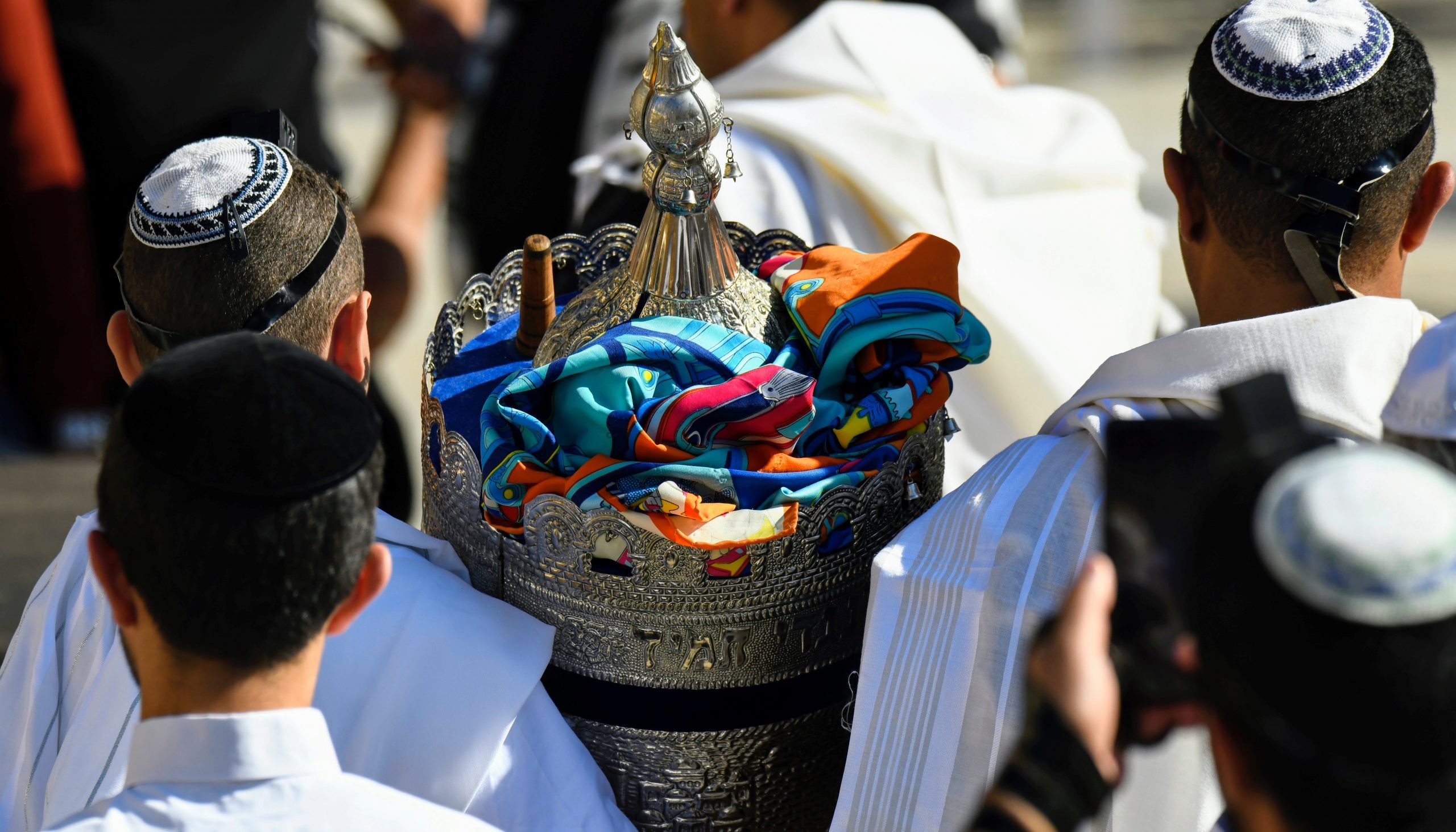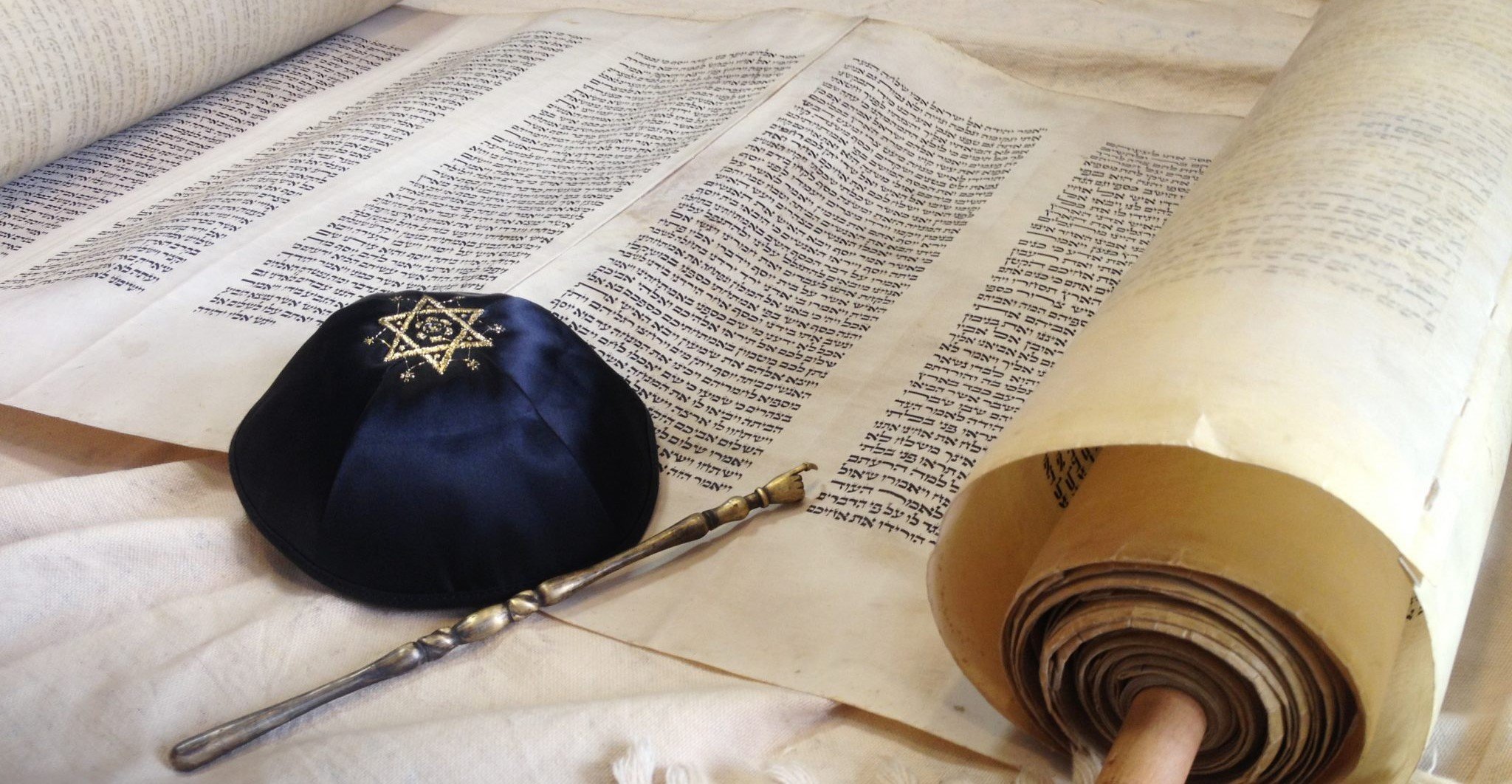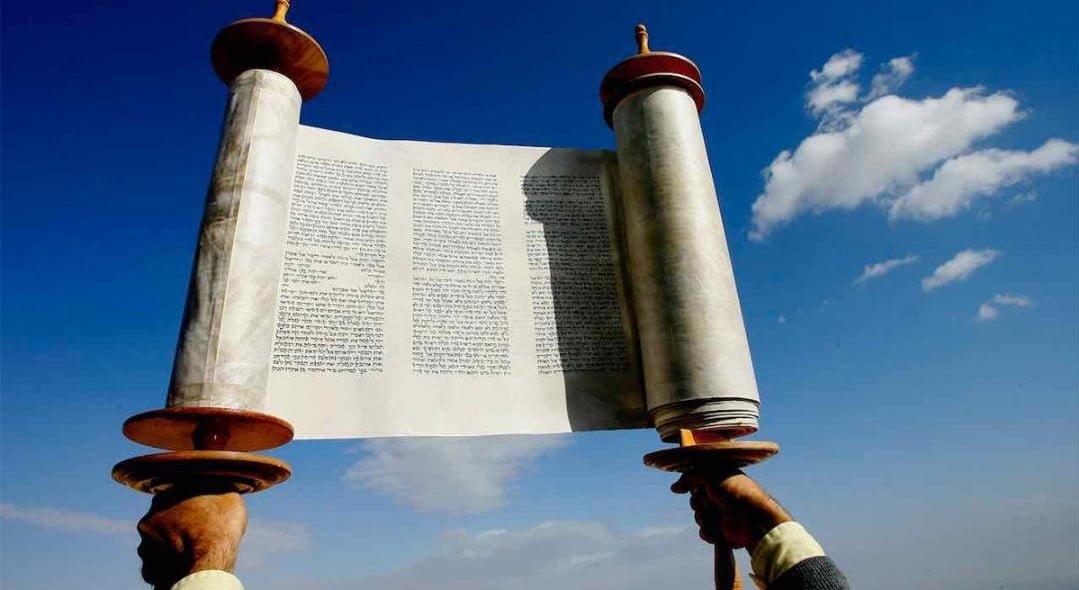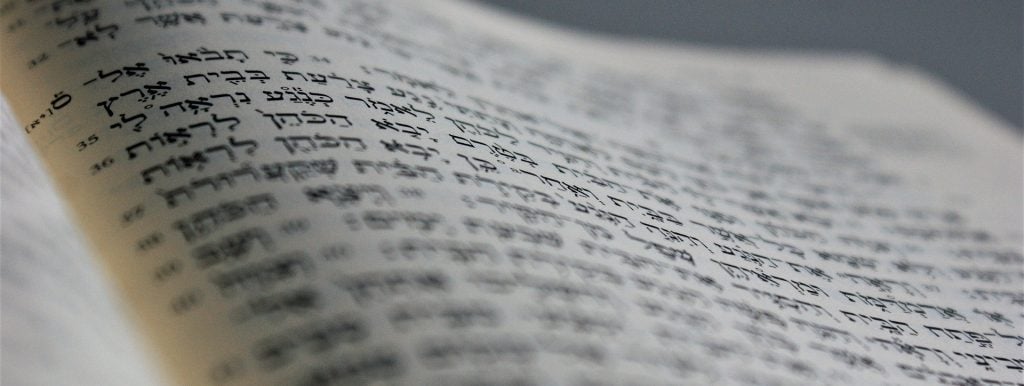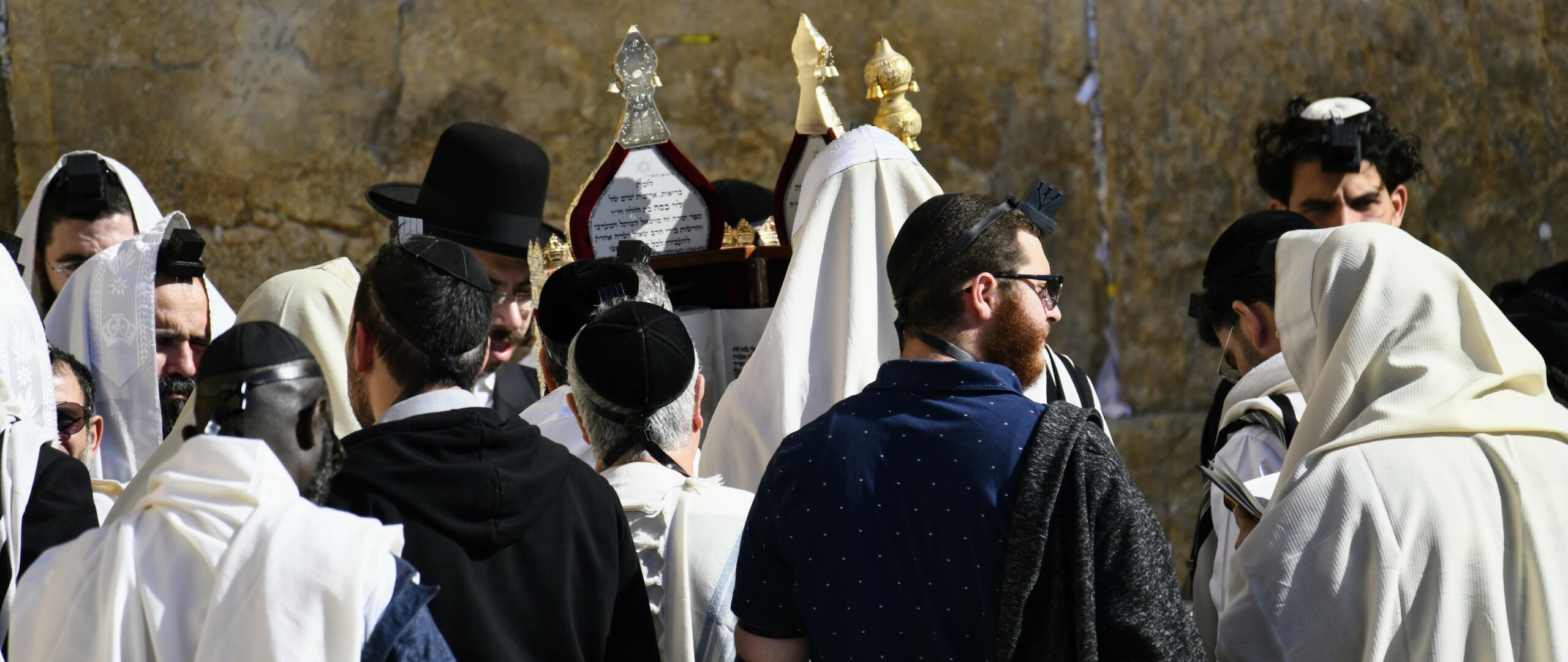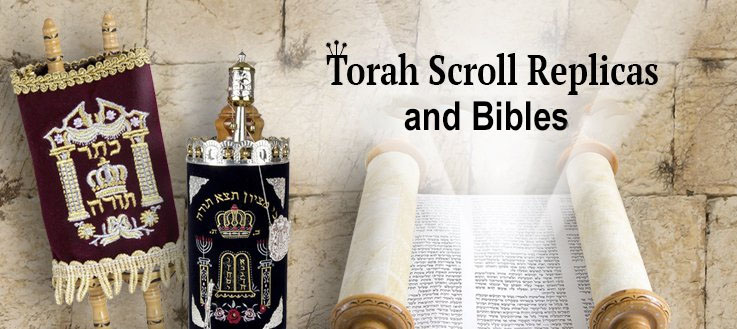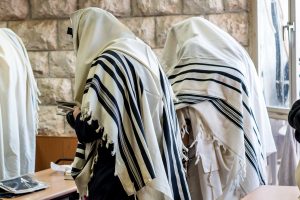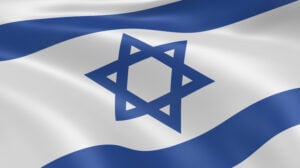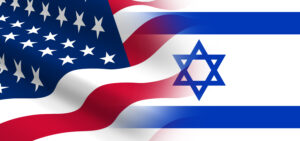Traditionally, Simchat Torah is celebrated immediately after Sukkot ends. Although Sukkot itself is celebrated from the 15th of Tishrei until the 21st of Tishrei, on the 22nd of the month, we celebrate the holiday known as Shemini Atzeret.
Shemini Atzeret, or the “Eighth Day of Assembly,” is often regarded as the unofficial eighth day of Sukkot. In Israel, where Sukkot lasts for seven days instead of eight, Shemini Atzeret and Simchat Torah are both celebrated together on the 22nd of Tishrei. Outside of Israel, where Sukkot is observed for a full eight days, the last day of Sukkot and Shemini Atzeret are celebrated together, leaving Simchat Torah to be celebrated on the following day, the 23rd of Tishrei.
This rapid transition from one holiday to the next can be disorienting for some, but if you ask us, the non-stop celebrations are just part of the fun!
